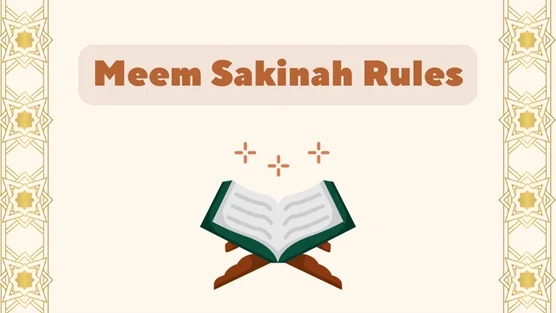In the realm of Tajweed, the proper recitation of the Quran holds immense significance. One of the vital aspects of Tajweed is understanding and observing the rules associated with Meem Sakinah. This article on Arabian tongue aims to explore the rules governing Meem Sakinah, their importance, and provide valuable tips…










